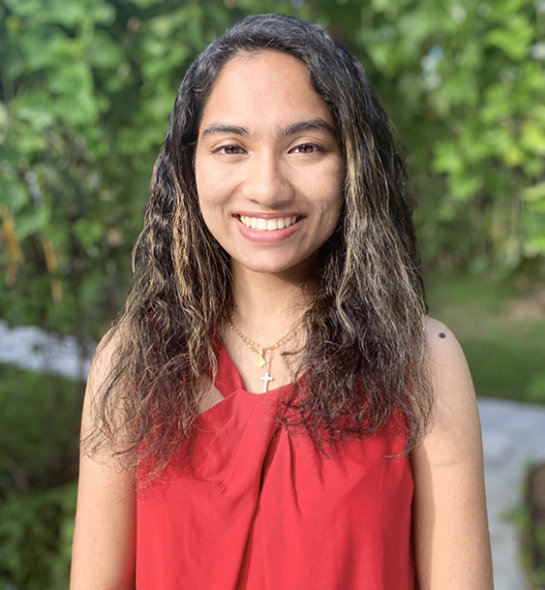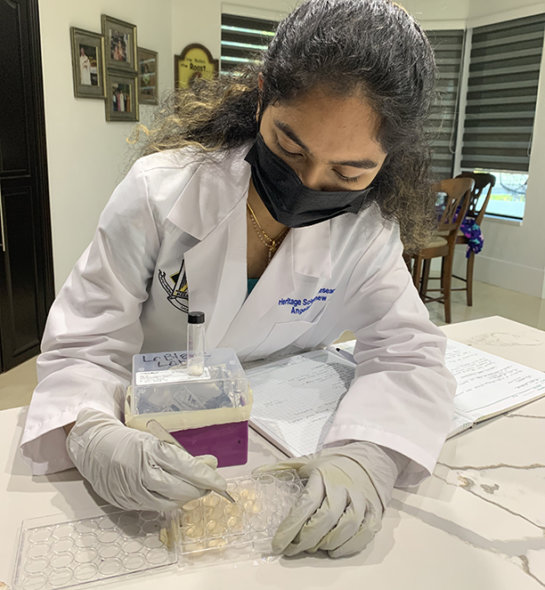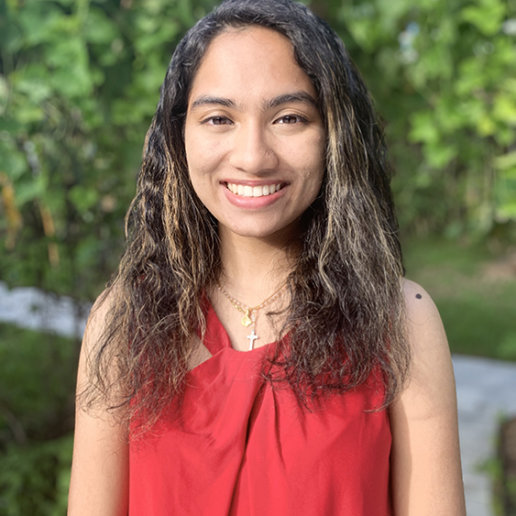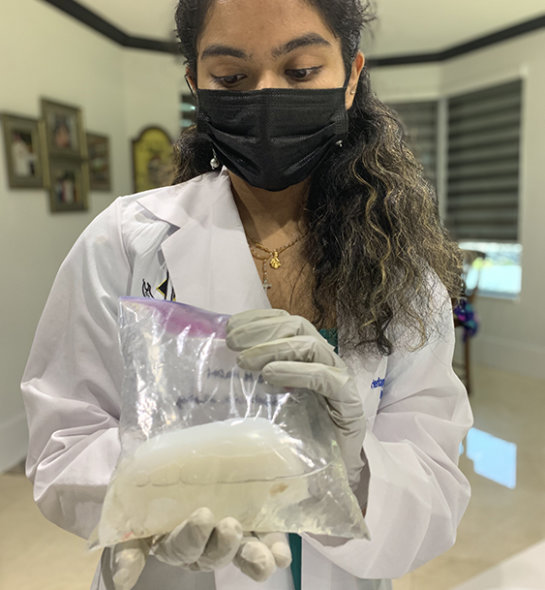Deeper Dive
I started doing research just in response to things I saw in my daily life. In middle school, I asked “Why don’t people smile at each other and why aren’t people kinder to each other?” and “What kinds of plastic bottles, under which daily conditions, release the most toxins?” As I entered high school, I pivoted my focus as I became aware of my family’s history of diabetes and witnessed divides in access to “cutting-edge” treatments.
I developed a “tool kit” to address the two biggest challenges (lack of a pancreas-like environment and lack of oxygen) of islet cell transplantation, a possible cure for Type 1 Diabetes. While this procedure has been available for several years, 3 donor pancreases are needed for 1 transplant and a large portion of transplanted cells die within the first two days. I wanted to increase the efficiency and sustainability of this procedure so more patients could have a life-long solution to diabetes. I created an artificial pancreas environment using Kombucha SCOBY tea waste material and modified it so that the SCOBY has physical structures to support insulin secreting cells. I also modeled and integrated a system to locally deliver small amounts of oxygen to the insulin-secreting cells.
The research I conducted is also disruptive because it also provides an additional perspective to the larger field of tissue engineering: kombucha waste can potentially be used to mimic organ and vascular structures. Using low-cost and accessible “base materials” of scaffolds is key to ensuring that low-resourced settings can reap the benefits of the regenerative medicine revolution. I believe we’re still discounting highly valuable sources of inspiration from natural processes as valid solutions for tissue engineering challenges.
As aforementioned, my research stems from questions I had in my personal life: almost all members of my dad’s side of the family have diabetes. My grandpa passed away from diabetic complications when I was younger and I knew that I wanted to investigate long-term solutions. On a lighter note, I learned about the field of tissue engineering when my research mentor and biology teacher showed me an article from the American Scientist magazine. I was immediately fascinated by the Frankenstein-esque idea of creating organs. Exercising caution and determining the ethical permissibility are top priority, of course, but the boundless ways in which regenerative medicine and tissue engineering can improve human lives excites me.
A lot of the challenges I faced in my research turned out to be sources of inspiration and pushed me to be more creative. Working in my school lab, I didn’t have access to gold-standard equipment all the other polymer engineers were using. I decided to find natural materials that had similar qualities and after falling down a “rabbit hole” of ideas, I discovered that specific bacterial species made a waste with qualities of interest in tissue engineering. Another one of the biggest challenges I faced was not being able to afford necessary equipment to validate my experiments. I solved this problem by reaching out to hundreds of professors and companies, asking if they could lend me equipment or give me a sample of their products. I got responses from a handful of kind-hearted people who donated their time, provided equipment, and enabled me to execute my ideas. I had several other experiments planned to further validate cell viability but the COVID-19 pandemic limited my ability to conduct these experiments without adequate sterility. I continued growing Kombucha SCOBYs, trying techniques in my garage, reading literature, and ideating future experiments.



